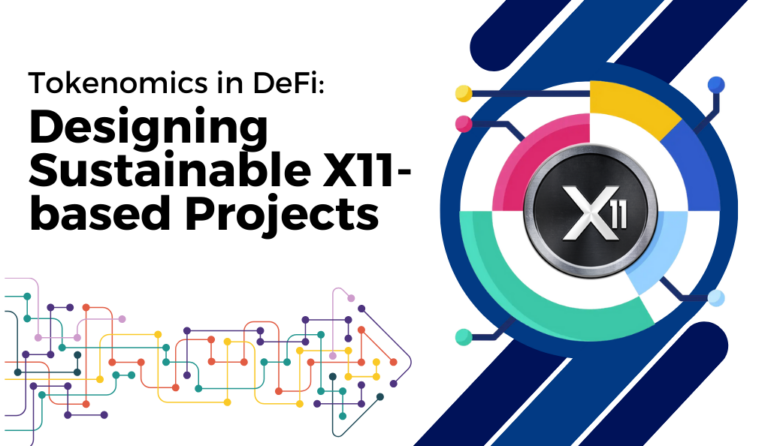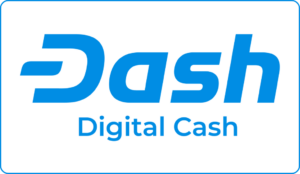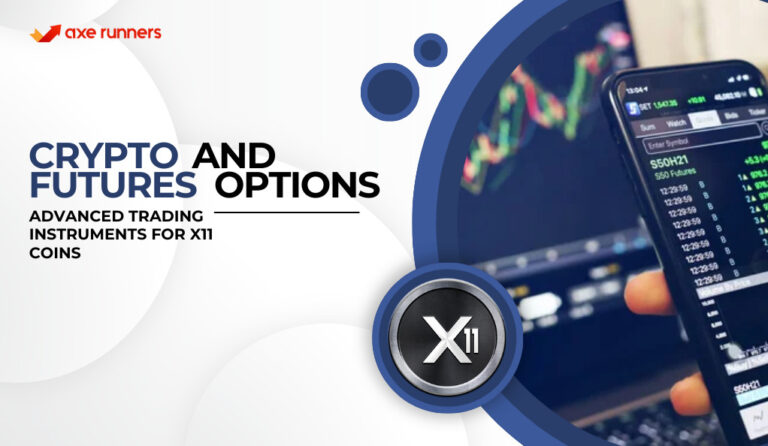Introduction
Ethereum stands as a beacon in the vast expanse of the cryptocurrency universe. As a decentralized platform that enables smart contracts and distributed applications to be built and run without any downtime, fraud, control, or interference from a third party, its significance is undeniable. Central to its operation and security is the process of mining, a crucial activity that supports the Ethereum network by validating and recording transactions on the blockchain.
Understanding Ethereum Mining Algorithms
At the heart of Ethereum mining lies the Ethash algorithm. This consensus algorithm is specifically designed for Ethereum to ensure a secure and efficient mining process. While there are various algorithms in the crypto space, such as X11, Ethash stands out with its unique features and functionalities tailored for Ethereum. The differences between Ethash and X11 are numerous, with each designed for specific cryptographic tasks and coin networks.
Hardware Essentials for Ethereum Mining

To mine Ethereum effectively, certain hardware components are indispensable:
- Graphics Processing Units (GPUs): These are essential for solving cryptographic puzzles during the mining process.
- Central Processing Units (CPUs): While not as powerful as GPUs for mining, they play a role in the overall mining process.
- Mining Rigs and Setups: These are specialized computer systems designed solely for mining purposes.
- Power Supply Units (PSUs): Efficient power supply is crucial to ensure the mining rig runs smoothly.
- Cooling Solutions: Mining can cause hardware to heat up, making cooling solutions like fans and air conditioning vital.
Software Requirements and Configuration
Mining Ethereum isn’t just about having the right hardware; the software plays an equally pivotal role. There are various software options tailored for Ethereum mining. Once chosen, the next steps involve:
- Installing the mining software correctly.
- Configuring the software to ensure optimal mining performance.
- Troubleshooting any issues that might arise during the mining process.
Choosing the Right Mining Pool
Mining pools are groups of miners who combine their computational resources to mine more efficiently. Joining a pool can increase the frequency and stability of rewards. When selecting a mining pool, consider factors like fees, payout methods, and the pool’s reputation. There are several popular Ethereum mining pools, each with its own set of advantages and features.
Profitability and Performance Metrics
Mining Ethereum is an investment of time, energy, and resources. It’s essential to understand the potential returns. Several tools and calculators can help estimate potential earnings from mining. However, profitability is influenced by:
- Electricity costs associated with running the mining hardware.
- The efficiency and performance of the mining hardware.
- The current market price of Ethereum.
- The mining difficulty, which can fluctuate based on the total computational power of the network.
Safety and Security Measures
In the digital realm, security is paramount. When mining Ethereum:
- Ensure your mining setup is secure from physical and digital threats.
- Safeguard your mined Ethereum in secure wallets, preferably cold storage.
- Stay vigilant and informed to avoid falling prey to scams or malicious threats.
Resources and Further Reading
For those eager to delve deeper into Ethereum mining, numerous resources can guide your journey:
- Websites, forums, and communities dedicated to Ethereum mining can offer real-time advice and updates.
- Books and scholarly articles provide in-depth insights into the technical and economic aspects of Ethereum mining.
Conclusion
Mining Ethereum transcends the mere pursuit of digital rewards. At its core, it represents a commitment to bolstering a groundbreaking platform that is reshaping the contours of the digital realm. This revolutionary platform, with its decentralized applications and smart contracts, offers a promise of a more transparent, autonomous, and user-centric online world.
However, the cryptocurrency domain is in a constant state of flux, marked by technological advancements, regulatory shifts, and market dynamics. For miners, this ever-evolving landscape necessitates a proactive approach. Staying abreast of the latest developments, adapting to new mining methodologies, and prioritizing security measures are all pivotal. Only through continuous learning and flexibility can one ensure both the success and safety of their mining endeavors.
FAQs
Ethereum and Bitcoin, while both cryptocurrencies, have distinct differences in their mining processes. Bitcoin uses the SHA-256 hashing algorithm, which favors systems with the highest processing power, making ASICs (Application-Specific Integrated Circuits) the preferred choice for miners. Ethereum, on the other hand, uses the Ethash algorithm, designed to resist the advantage of ASICs, making GPUs (Graphics Processing Units) more effective. Additionally, Ethereum’s block time is significantly shorter, averaging around 13 seconds, compared to Bitcoin’s 10 minutes. This means Ethereum miners confirm transactions more rapidly. Lastly, while Bitcoin has a capped supply of 21 million coins, Ethereum’s supply isn’t fixed, influencing the long-term mining prospects.
Securing your Ethereum mining setup is paramount. Start by using a dedicated computer or rig for mining, minimizing exposure to online threats. Regularly update your mining software and operating system to patch vulnerabilities. Employ a reputable antivirus and firewall solution. For your mined Ethereum, consider using hardware wallets, which store your private keys offline, making them immune to online hacks. Additionally, be cautious of phishing attempts and always double-check website URLs and email senders. Joining reputable mining communities can also keep you updated on the latest security threats and best practices in the Ethereum mining world.
Cloud mining involves renting mining power from a service provider, eliminating the need for personal hardware and software. While it offers the allure of convenience and reduced upfront costs, it’s essential to approach with caution. Many cloud mining services have turned out to be scams, leading to significant losses for investors. If considering cloud mining, research the provider thoroughly, checking for transparency, past payouts, and user reviews. Remember, if returns sound too good to be true, they probably are. Additionally, even with legitimate providers, profitability isn’t guaranteed, especially when considering potential fees and the volatile nature of cryptocurrency prices.
Ethereum’s transition from Proof of Work (PoW) to Proof of Stake (PoS) under Ethereum 2.0 is a significant shift. PoS eliminates the concept of mining in the traditional sense. Instead of miners, there are validators who are chosen to create new blocks based on the number of coins they hold and are willing to “stake” or lock up as collateral. This means that the energy-intensive process of mining will become obsolete for Ethereum. For existing miners, this could mean repurposing their hardware for other cryptocurrencies or considering becoming validators if they hold a significant amount of Ethereum.
At axerunners.com, our goal is to furnish well-rounded and trustworthy information regarding cryptocurrency, finance, trading, and stocks. Nonetheless, we avoid providing financial advice and instead encourage users to conduct their own research and meticulous verification.
Read More













+ There are no comments
Add yours